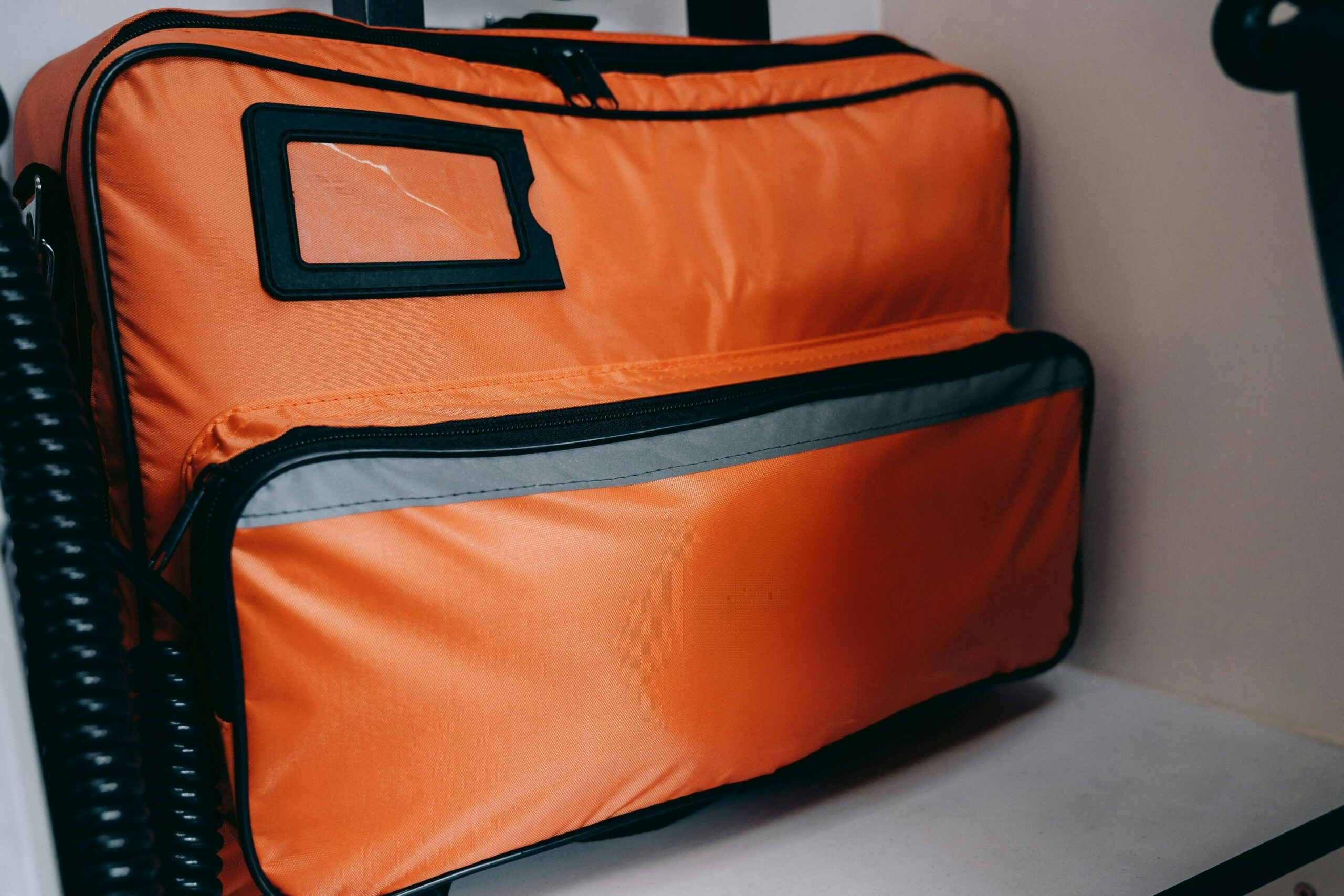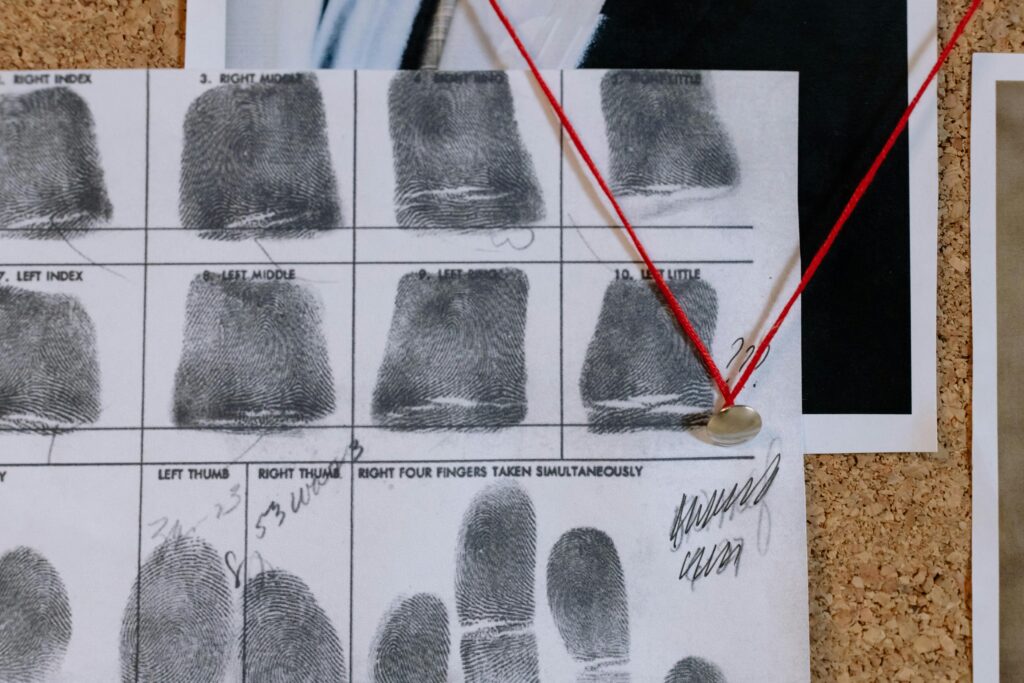Ever wondered what happens if you end up in a crisis and no one knows? Scary, right?
If the thought of being unreachable in an emergency gives you chills, you’re not alone. Emergency contact lists are the unsung heroes when it comes to personal safety, especially when dealing with high-risk situations like kidnap and ransom insurance claims.
In this article, we’ll break down why your emergency contact list is crucial, how to build one tailored for kidnap and ransom scenarios, and tips that could save you (and your loved ones) from chaos. You’ll also get insights into real-life examples, FAQs, and some quirky wisdom because even serious topics need a dash of humor.
Table of Contents
Key Takeaways
- Emergency contact lists streamline communication during crises involving kidnap and ransom scenarios.
- A well-maintained list minimizes delays in filing insurance claims or alerting authorities.
- Outdated contacts can cost lives—update regularly!
- Examples abound where preparedness turned potential nightmares into manageable incidents.
Why Are Emergency Contact Lists Crucial for Kidnap & Ransom Insurance?
Imagine this: while traveling abroad, you’re involved in a kidnapping incident. Your family back home tries to file a claim with your insurance provider but doesn’t have all the numbers they need immediately. Sounds chaotic? That’s exactly why an updated emergency contact list matters.
Kidnap and ransom insurance policies require quick action. From alerting local authorities to coordinating with insurers, every second counts. A comprehensive list ensures no critical step gets skipped due to missing information.

How to Create an Effective Emergency Contact List
Optimist You: *”Let’s create a foolproof list!”*
Grumpy Me: *”Ugh, fine—but only if coffee’s involved.”*
Step 1: Start With the Basics
Gather essential details such as:
- Family members
- Close friends
- Your primary physician(s)
- Local embassy or consulate (if applicable)
Step 2: Add Key Insurance Contacts
Include:
- Your kidnap and ransom insurance provider
- Their 24/7 hotline number
- Assigned case manager info (if provided)
Step 3: Layer On Legal and Medical Support
Cover:
- Lawyers who specialize in international law
- Healthcare proxies authorized to make decisions on your behalf
Terrible Tip Alert:
“Just jot names down anywhere—it’ll work!” *Spoiler: It won’t.* Stick to structured tools like digital apps or printed cards stashed securely.
Best Practices for Maintaining Your Emergency Contact List
Creating a list isn’t enough; maintaining it separates amateurs from pros. Here’s how:
- Regular Updates: Review quarterly. Old phone numbers don’t ring anymore.
- Digital Backup: Store digitally using secure apps like Google Keep or LastPass.
- Print Copies: Have hard copies stored in wallets, suitcases, etc.
Rant Break: Nothing infuriates me more than people treating emergency prep like last season’s gym membership—ignored until too late. Do yourself (and everyone else) a favor by staying vigilant.
Real-Life Examples Where Contact Lists Saved Lives
Case Study: In 2019, a corporate executive was abducted during a business trip overseas. Thanks to their meticulous emergency contact sheet, the company was able to activate its kidnap-and-ransom plan within hours instead of days, ensuring swift resolution without escalating threats.

This example underscores the vital role preparedness plays in worst-case scenarios.
Frequently Asked Questions About Emergency Contact Lists
Q: Can I just rely on my phone’s built-in contacts app?
Nope. Phones run out of battery—or worse, get lost/stolen. Physical backups are lifesavers.
Q: What should I do if someone refuses to share their contact info?
Explain why it’s necessary. Most will understand once safety risks are clear.
Q: How many contacts should be included?
Aim for quality over quantity—a dozen reliable ones beats fifty vague entries.


